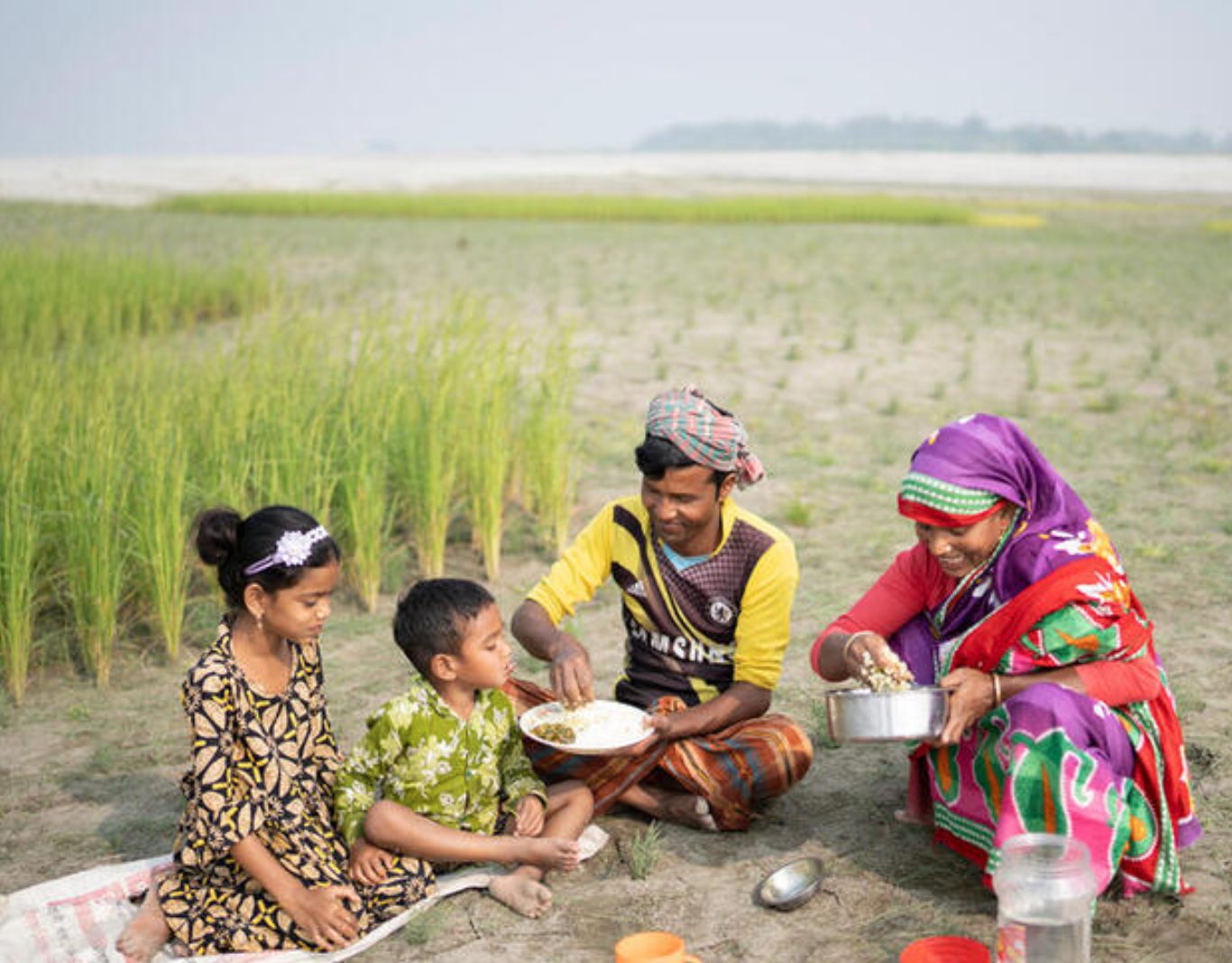
In 2021, extreme weather events and natural hazards cost the world US$343 billion in economic losses, the fourth highest year on record. Of these losses, only 40 percent were compensated by an insurance policy.
The covered losses were primarily in high-income countries that are largely responsible for greenhouse gas emissions. Here, infrastructure and populations are better insured. When families can’t afford insurance, they have few coping strategies available when disasters strike. In a sudden emergency such as a flood, families can be forced to make tough choices to cover their immediate needs, such as selling assets and livestock.
These decisions can push families deeper into poverty and food insecurity, and limit their ability to withstand future shocks.
What exactly is climate risk insurance?
It is a risk-management tool that compensates people when they suffer financial losses, in exchange for a small fee called a premium. Insurance companies pool the premiums across diverse regions and risks, so large sums of money can be distributed to policy holders when a disaster occurs.
Since the money received is much higher than the premium paid, impacted people can recover quickly or prepare for the future, preventing hunger from taking hold in the long term. The World Food Programme (WFP) helps countries and vulnerable people to access insurance through climate action in 18 countries. In 2021, US$4.7 million in payouts were made to combat the effects of climate change.
Here are four reasons why climate risk insurance is an effective tool for WFP to build resilience, protect livelihoods and enable people to not just survive but thrive.
1. Timeliness and Planning
In any disaster, time is of the essence. With WFP’s climate insurance in place, support reaches households quickly through real-time monitoring and advanced planning.
When WFP purchases insurance policies at the national level, we partner with national disaster response agencies to develop plans for delivering funds as quickly as possible when disaster strikes.
When insuring individual families, WFP and local insurance companies decide how the money will reach affected households in advance. This proactive approach means people receive early assistance after a climate shock, saving more lives and livelihoods and ultimately being more cost-effective.
2. Protection for when its needed most
When WFP helps governments, smallholder farmers and pastoralists to access insurance, it provides rapid finance for social protection systems that allow for scaled-up assistance when an extreme weather event occurs.
“The climate’s changed, weather patterns have changed,” says Abdulahi Heben, a pastoralist in the Somali region of Ethiopia. “We know this is contributing to the drought that we are experiencing.”
Abdulahi and his herd are currently struggling through a record-breaking drought that has forced him to relocate his family from his village to the river 7 km away. He was insured under WFP’s livestock insurance programme, in partnership with the local government.
When two consecutive payouts were triggered, more than 25,000 families received help to protect their herds and meet their immediate needs. Knowing that insurance provides a protective safety net during droughts, pastoralists like Abdulahi can feel comfortable investing in equipment such as water tanks or new irrigation systems.
3. Financial resilience through an integrated approach
WFP promotes insurance through an integrated climate risk management approach that helps farmers to reduce their risk, access insurance, increase savings and invest in their livelihoods. As insurance is not a standalone solution, the package complements insurance so farmers can benefit even in a good season.
“I did not have cash to pay for my insurance so I chose to work for it,” says Khadija Yasi, a farmer in Malawi, where drought is a recurring and severe risk. In Malawi, participants either pay or work for several days to cover the cost of their insurance premiums. “I planted trees and I have been trained in making organic fertilizer for my veggie gardens,” adds Khadija. “This is how I paid for my insurance.”
This guarantees that if there is a poor harvest, she will be compensated and can replant her crops that season or the next. “I am also hopeful that with the different farming techniques I am learning, I will not be vulnerable to climate shocks in the future.”
Khadija is also part of her local village savings and loans (VSL) group which helps build up her savings for smaller shocks and take out loans to invest in her future.
4. Establishing new insurance markets
The long-term sustainability of climate risk insurance allows vulnerable policyholders to build resilience to climate shocks. WFP strives to strengthen both the supply and the demand in new insurance markets, so vulnerable people can access and understand these tools, and insurance companies can provide these products independent of WFP’s support. This involves working with local companies and partners to gradually increase how much farmers or governments contribute to the cost of the premiums.
In Senegal, WFP has a well-designed strategy for gradually increasing farmers’ contributions to the premium cost. This resulted in over 7,500 insured farmers paying the full premium in cash in 2021. It’s an example of both successfully growing the number of insured households, and fostering local ownership of the insurance product design.